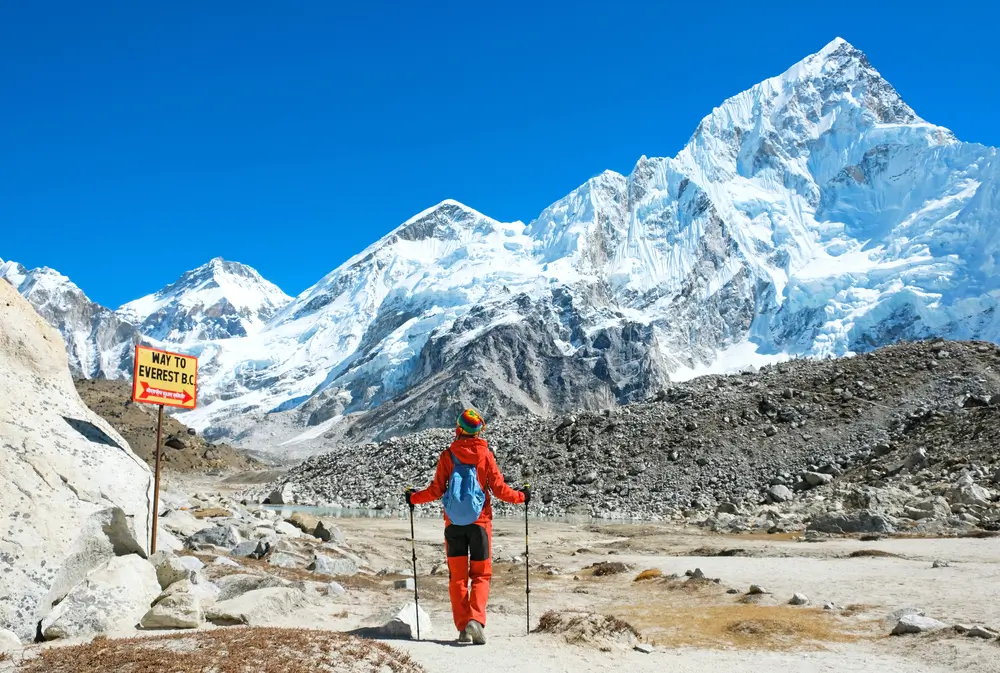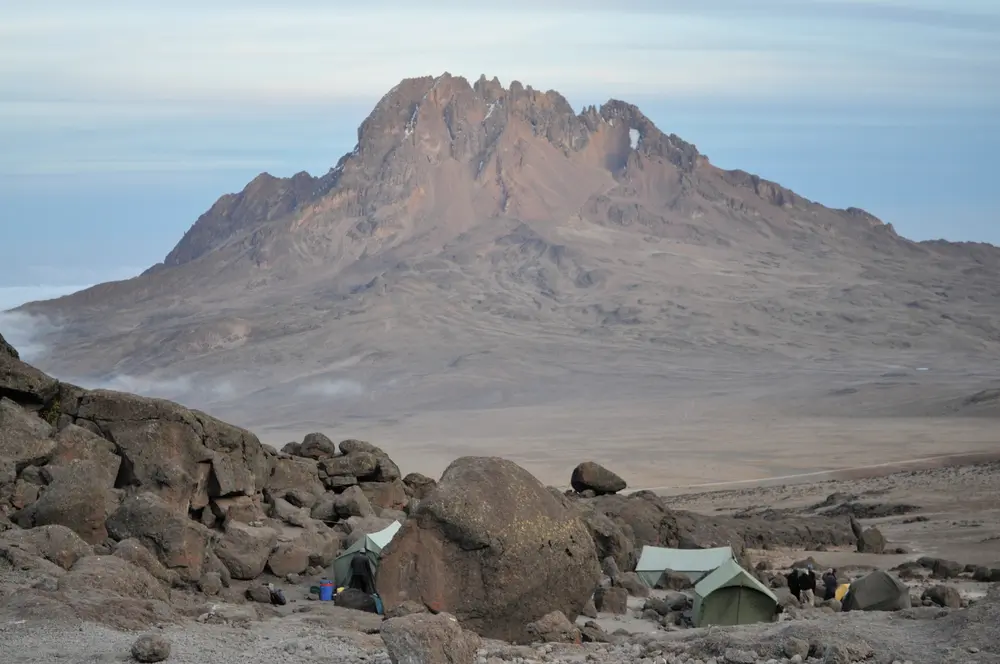How to manage Altitude Sickness
Altitude sickness is most common at 3500 metres above sea level or higher. It happens because the body hasn’t adapted to the height. Often, this just results in mild symptoms that improve with rest and time, as the body acclimatises. But in some cases, it can cause life-threatening problems.
Factors leading to altitude sickness:
- Ascending too quickly
- Travelling to higher altitudes
- Sleeping at higher altitudes
- Being used to living at a low altitude
- Previous altitude sickness
- High exertion at altitude- the more active you are, the greater the risk
- Level of physical fitness does NOT seem to play a part in your chance of developing altitude sickness
The different types of altitude sickness
There are three main ways that altitude sickness can affect you. You may develop one or more of the following problems:
- Acute mountain sickness (AMS)
- High-altitude cerebral oedema (HACO)
- High-altitude pulmonary oedema (HAPO)
For most people, AMS will gives mild symptoms. These can include headache, loss of appetite, tiredness, nausea and vomiting, dizziness and difficulty sleeping. These come on 6 to 12 hours after arrival at a particular altitude.
Symptoms usually get better after 1 to 3 days, if you do not ascend to a higher altitude. Symptoms can vary from mild to severe.
The most important treatment if you start to develop symptoms of mild AMS is to stop your ascent and to rest at the same altitude. For most people, symptoms will improve within 24-48 hours with no specific treatment. Most people acclimatise within 72 hours.
Medicines are sometimes prescribed in advance, to prevent AMS.
However, if symptoms are severe, are getting worse or do not improve after 24 hours, you need to descend to a lower altitude. You also need to descend urgently if you develop any symptoms or signs of HACE or HAPE (see below).
HACE usually happens to someone who already has AMS. The swelling of the brain that caused AMS starts to worsen and interfere with the function of the brain. So, HACE is really a severe form of AMS.
HACE can develop quickly, over a few hours. Symptoms of HACE include:
- Severe headache
- Unsteady/ off-balance/ unco-ordinated
- Hallucinations
- Feeling disorientated or confused
Often these symptoms can be missed. As the brain swelling gets worse, people become more sleepy and less aware of their surroundings. They may have fits. Coma and death can occur if treatment is not started.
Immediate descent is essential. If this does not happen, or is delayed, death can occur. The descent should be at least to the last altitude at which the person woke up feeling well. People with HACE usually do well if they descend to a lower altitude soon enough and far enough. They will usually have a complete recovery.

HAPE is a build-up of fluid within the lungs. The exact reasons why HAPE can develop are unknown. Again, immediate descent to the point where symptoms improve. Urgent medical attention should be sought. If treated properly, HAPE tends gets better quickly on descent and there is usually complete recovery.
The best way to try to prevent altitude sickness is to ascend to higher altitudes slowly. This gives the body a chance to acclimatise and cope with lower oxygen levels. Different people will acclimatise at different rates. Remember to always discuss your travel plans with your doctor or an online doctor so that you are prepared for your trip.
Getting a Mental Health Care Plan in Australia: Your Guide
Getting a Mental Health Care Plan in Australia: Your Guide Mental health matters—and if you’re feeling overwhelmed, anxious, or down, a mental health care plan can help. But what is it, and how do [...]
UTI Symptoms and Treatment: What You Need to Know
UTI Symptoms and Treatment: What You Need to Know Urinary Tract Infections (UTIs) are common, uncomfortable, and often disruptive. But what exactly are the signs to watch for, and how can you get relief [...]
Free Mental Health Care Plan Online | Bulk-Billed by Qoctor
Free Mental Health Care Plan Online | Bulk-Billed by Qoctor Discover how to get a free, bulk-billed Mental Health Care Plan (MHCP) in Australia through Qoctor's telehealth service. Accessing [...]




